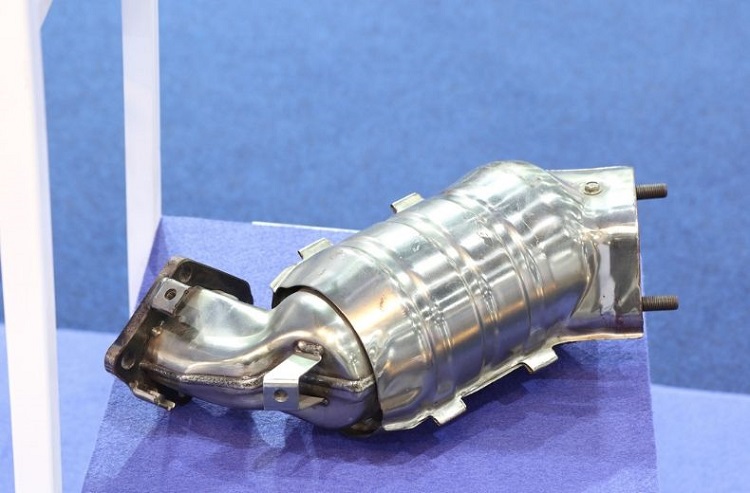How Hot should Catalytic Converter get

Catalytic converters play a crucial role in modern vehicles, helping to reduce harmful emissions and minimize the environmental impact of internal combustion engines. One of the key factors that contribute to their effectiveness is the operating temperature. In this article, we will explore the significance of the optimal temperature range for catalytic converters and the various factors that influence their heat levels.
The Basics of Catalytic Converters:
Catalytic converters are part of a vehicle’s exhaust system, typically mounted between the engine and the muffler. Their primary function is to convert harmful pollutants generated during combustion, such as carbon monoxide, nitrogen oxides, and unburned hydrocarbons, into less harmful substances like carbon dioxide, nitrogen, and water vapor.
Optimal Operating Temperature:
Catalytic converters operate most efficiently within a specific temperature range. The optimal temperature for most catalytic converters falls between 400 and 600 degrees Celsius (752 to 1112 degrees Fahrenheit). Within this range, the chemical reactions responsible for transforming pollutants into less harmful compounds are maximized.
Factors Influencing Temperature:
Several factors influence the temperature of a catalytic converter, and understanding these variables is crucial for maintaining optimal performance.
- Engine Temperature: The temperature of the exhaust gases entering the catalytic converter is closely tied to the operating temperature of the engine. Cold starts and short trips may prevent the converter from reaching its optimal temperature, leading to reduced efficiency and increased emissions.
- Fuel Mixture: The air-fuel mixture entering the engine combustion chamber also affects the catalytic converter’s temperature. A rich mixture (more fuel, less air) can result in higher temperatures, while a lean mixture (more air, less fuel) tends to lower temperatures. Striking the right balance is essential for optimal catalytic converter performance.
- Driving Conditions: Different driving conditions can impact the temperature of the catalytic converter. Stop-and-go traffic or idling for extended periods may result in lower temperatures, while highway driving often leads to higher, more consistent temperatures.
- Exhaust Flow Rate: The rate at which exhaust gases flow through the catalytic converter influences its temperature. Higher flow rates can help maintain optimal temperatures, while restrictions in the exhaust system may lead to overheating.
- Catalyst Material: The material used in the catalytic converter’s catalyst also plays a role in determining its optimal operating temperature. Different catalyst materials have varying temperature sensitivities, and manufacturers carefully choose materials that align with the expected operating conditions of the vehicle.
Effects of Deviating from the Optimal Temperature Range:
When a catalytic converter operates outside the recommended temperature range, several negative consequences can arise:
- Inefficiency: Operating at temperatures below the optimal range reduces the converter’s efficiency, leading to incomplete conversion of pollutants. This results in higher emissions and a negative impact on air quality.
- Catalyst Degradation: Prolonged exposure to excessively high temperatures can lead to catalyst degradation. Over time, this degradation can reduce the converter’s ability to perform its pollution-reducing functions.
- Increased Emissions: Both low and high temperatures can contribute to increased emissions. Cold starts and short trips can lead to elevated emission levels, while overheating may cause damage to the converter and result in the release of harmful substances.
Conclusion:
Maintaining the optimal operating temperature is crucial for the effective performance of catalytic converters. Vehicle owners can contribute to this by adopting driving habits that allow the engine and exhaust system to reach and maintain the desired temperature range. Additionally, regular maintenance, such as checking for exhaust system leaks and ensuring proper engine performance, can help preserve the efficiency of catalytic converters and minimize their environmental impact. As technology continues to advance, manufacturers are also exploring innovative solutions to enhance catalytic converter performance across a broader range of operating conditions.






